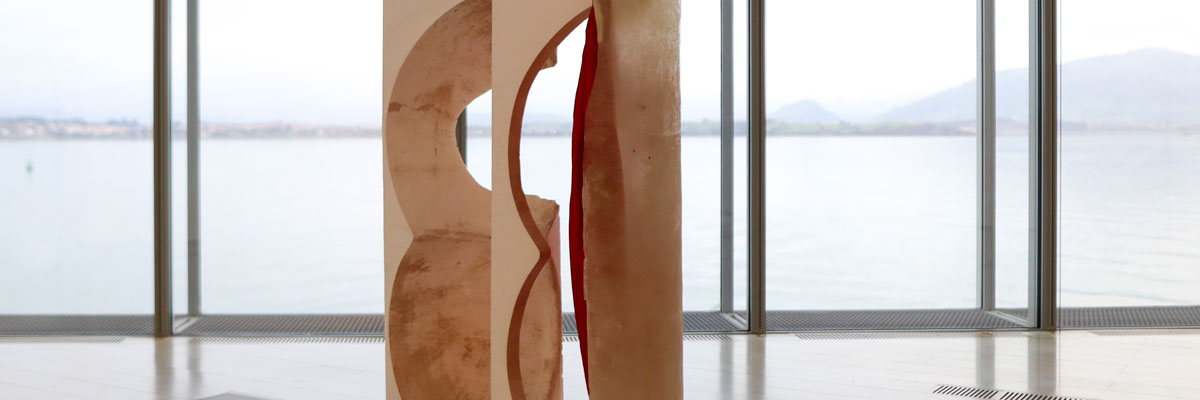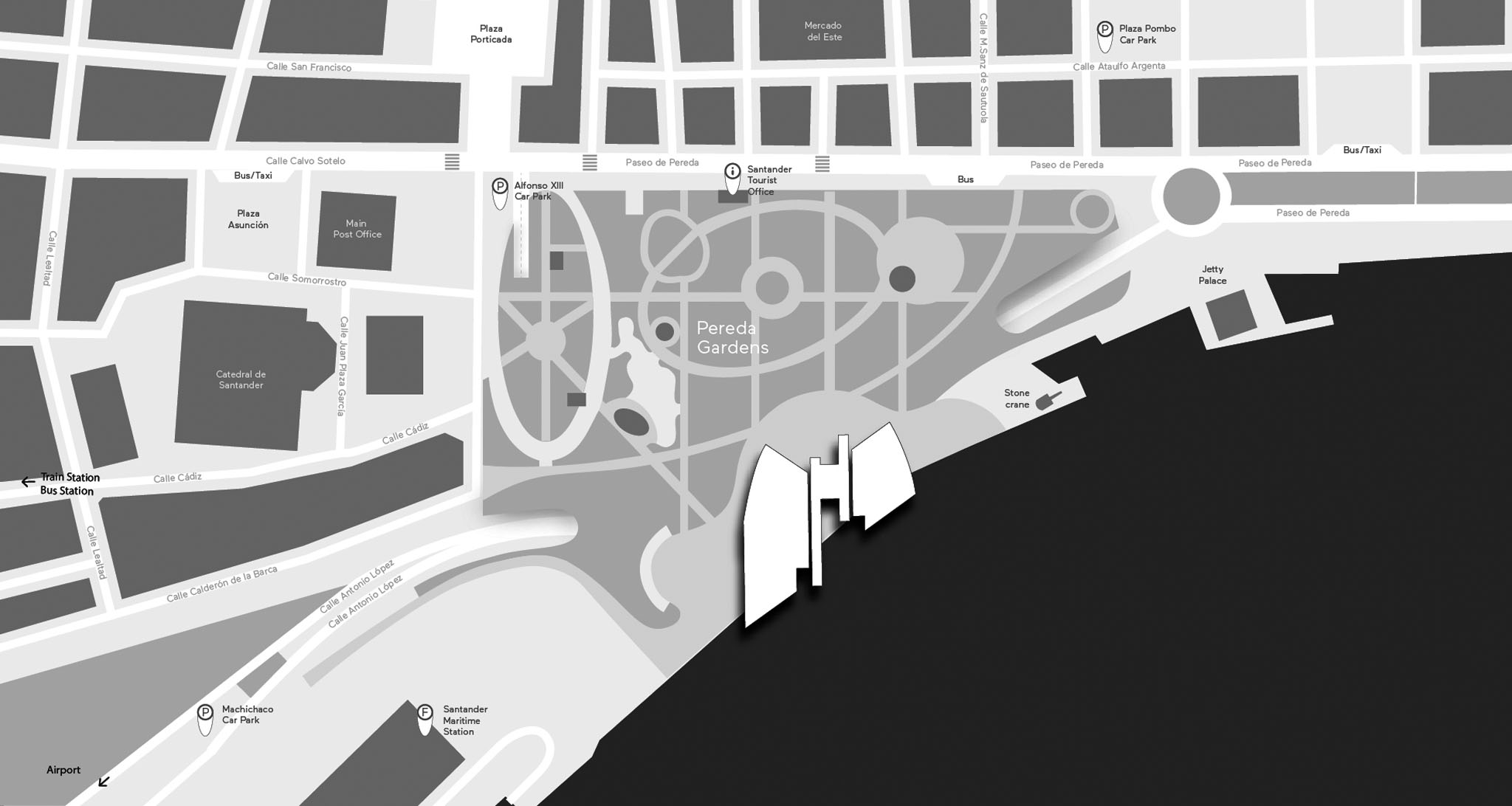The exhibition
ITINERARIOS XXVI
From November 13, 2021 to May 15, 2022
Itinerarios is an annual exhibition featuring works by the eight artists selected in Fundación Botín’s latest open call for its Visual Arts grants. Through the works of Olga Balema, Eli Cortiñas, June Crespo, Mario Espliego, Antoni Hervàs, Salomé Lamas, Anna Moreno and Bruno Pacheco, the exhibition affords unique insights into the latest debates taking place in the art world.
Itinerarios XXVI arrives with a year’s delay, as the event had to be postponed due the pandemic. As Alejandro Alonso Díaz explained in the essay he penned for the exhibition catalogue, apart from putting our life on hold and apart from all the pain it has caused, during this period we were forced to reimagine our artificial conception of the human body as an autonomous hermetic entity, and instead to embrace the latent entanglements of co-dependence between all the different types of (organic, social and political) organisms that shape our lives.
The works on view weave a whole series of subtle sentient connections with each other, formally and conceptually destroying the illusion of independence that has been corroding away at our habitats, vitality and imagination.
Since 1993, Fundación Botín has been supporting research and contemporary creation through the foundation’s Visual Arts grants, which, to date, have been awarded to over 200 Spanish and international art practitioners.
During a visit to her home city, Olga Balema (Lviv, Ukraine, 1984) documented several waiting rooms and other spaces in which there is a certain dissonance between their inner and outer appearance like, for instance, the circus. The result is a series of watercolours and sculptures in which the artist uses materials like upholstery offcuts, old wallpaper, wood and styrofoam.
In her videos, Eli Cortiñas (Las Palmas de Gran Canaria, 1976) explores issues pertaining to political power, the oppression associated with it and the aesthetics through which it operates, sourcing her material in fiction films, documentaries as well as ads and Youtube videos.
The sculpture work of June Crespo (Pamplona, 1982) establishes formal and functional analogies between body and architecture, paying special attention not just to anatomy but also to our own inner perception of it. The artist incorporates architectural elements from her immediate surroundings and her own living and working spaces.
The sculptures of Mario Espliego (Guadalajara, 1983) explore the construction of history and of how notions like hegemony are build. The artist advocates re-readings of what we regard as certainties and possible utopian alternatives, using ornamental elements culled from a variety of styles and contexts often affiliated with sacredness.
In his installation, Antoni Hervàs (Barcelona, 1981) adapts Euripides’ tragedy, Medea, to the essentially English theatre genre of pantomime in which the audience is actively encouraged to participate and interact, breaking with social conventions through satire, crossdressing and disinhibited participation.
The film by Salomé Lamas (Lisbon, Portugal, 1974) is part of an ongoing research project. It is both a political parody and a speculative comedy in which historical and contemporary figures narrate global history and post-World War II geopolitics through direct references and quotes.
In her work, Anna Moreno (Sant Feliu de Llobregat, 1984) examines our inclination towards nostalgia and the concomitant perpetual desire to look backwards from an eternal present. Here she questions the enduring mythification of the utopian ideas advanced by 1970s Italian designers.
In the paintings by Bruno Pacheco (Lisbon, Portugal, 1974), the figures appear isolated in the midst of unidentified landscapes. In this oil, he depicts artwork handlers moving The Dream of Saint Mark (ca. 1570), Tintoretto’s painting centred on the dramatic presence of an angel hovering above the sleeping evangelist.



